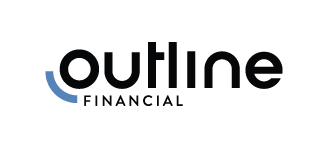
Kevin Carmichael
Aug. 16, 2022
Statistics Canada’s consumer price index — the measure that the Bank of Canada uses to guide monetary policy; that employers and workers use to negotiate wages and salaries; and that public servants use to adjust government programs — increased 7.6 per cent from July 2021, compared with 8.1 per cent the previous month, representing the first deceleration since June 2021. Here’s what you need to know:

iStock-517974394.jpg
It’s all gas
The deceleration in year-over-year inflation was mostly the result of lower gasoline prices, which increased 35.6 per cent from July 2021, compared with 54.6 per cent the previous month.
Otherwise, upward price pressures remained elevated. Excluding gasoline, Statistics Canada’s aggregation of hundreds of prices increased 6.6 per cent compared with 6.5 per cent in June, an indication that inflation has spread across the economy.
Prices for food purchased in stores rose 9.9 per cent on the year, compared with 9.4 per cent in June, led by bakery prices, which are heavily influenced by the price of wheat.
Interest rates bite
The Bank of Canada’s interest rate increases appear to be working. The 2.25-percentage-point increase in the benchmark rate since March was going to be felt in the housing market first. The price drops are now rippling through the broader economy, albeit slowly. Statistics Canada’s measure of what it would cost homeowners to replace their houses increased 9.1 per cent from July 2021, down from 10 per cent the previous month. However, higher mortgage rates are increasing demand for rental units, which are in short supply in many major cities. Rent increased 4.9 per cent last month from a year earlier, compared with 4.3 per cent in June.
Bottom line
Canada’s economy is slowing, and price pressures appear to be easing at the same time. That suggests economic dynamics are working as you’d expect: commodity prices, which respond to expectations of global demand, adjusted to reflect higher interest rates and the possibility of a global recession; the cost of goods and services got ahead of increases in disposable income, destroying demand for non-essentials. The Bank of Canada will be relieved that we avoided double-digit inflation, but governor Tiff Macklem, after conceding that he probably waited too long to begin raising interest rates, will be inclined to err on the side of crushing inflation. That means higher interest rates. Inflation slowed, but to a pace that is still well in excess of the central bank’s two-per-cent target. Macklem indicated in July that he probably will have to push the benchmark rate beyond three per cent to get price pressures under control. The benchmark rate is currently 2.5 per cent.


